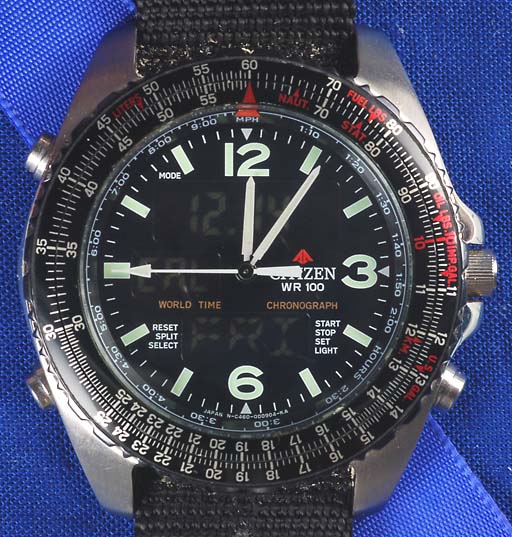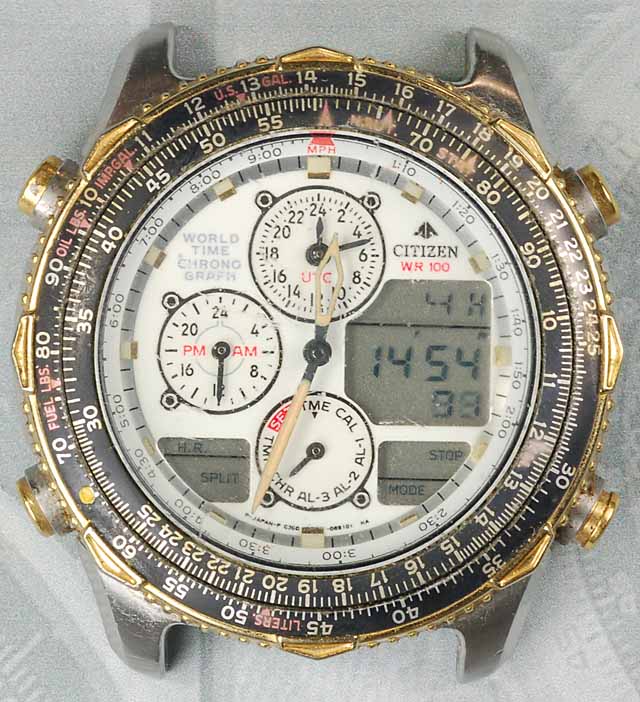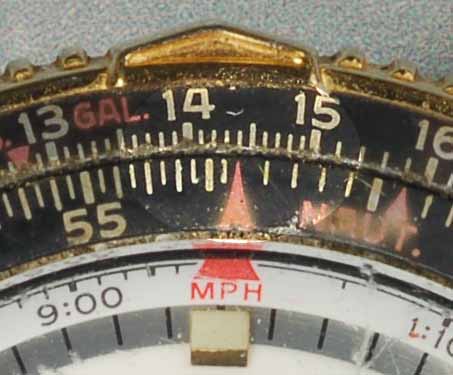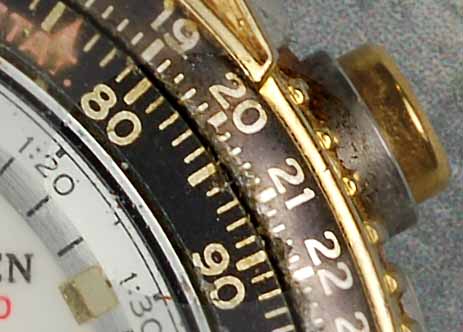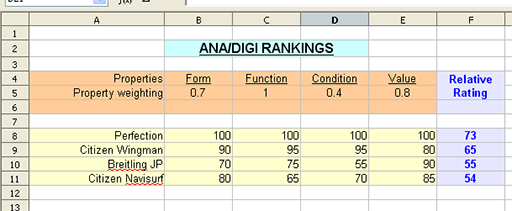Old measure wasn't much of a problem BC (before computers). We mixed together all kinds of units and bases but we were quite used to them. The Brits coped quite admirably with pounds, shillings, pence and even the occasional sovereign up until the early 70's when Heath took them kicking and screaming into the E.U., or EEC as it was known back then. To this day, Americans still struggle on bravely with tons, pounds, ounces and grains in everyday life - not to mention gallons, pints and fl. ounces!
Although most countries are metricated now, the time of day has remained supremely sexagesimal to this very day. The time of day is represented as
hh:mm:ss. This format is based on the Babylonian
positional numbering system, with colons separating the positions. The Babylonians inherited
sexagesimal counting from the Sumerians and improved the system by adding positional significance (by powers of 60) and the concept of the number zero. They still used chicken-scratchin's (cuneiform) to represent the values of each position and each value was represented in base 10 notation using a grouping of the two symbols for one and ten. This symbol grouping was
not itself positional and so simple addition gave the value, see table below. For example 23 is represented by 2 eyeballs and 3 wine-glasses, i.e.
2x10 +
3x1 =
23.

Because the number of hours in a day is less than 60 (on
this planet, anyway) our time-of-day representation is truly sexagesimal and follows the Babylonian system with the addition of colons as separators and the use of Arabic numerals instead of cuneiform.
There is an interesting property of the
hh:mm representation. It is either a fraction or an integer number depending on how you look at it, but the representation itself does not change. For example, let's say a timer shows a elapsed time of 3 hours and 40 minutes, which is written as "
3:40". In our decimal system (i.e. positional base 10), that would be 3.667 hours or 220 minutes. In sexagesimal,
3:40 represents either
3x60^0+
40x60^-1
hours or
3x60^1+
40x60^0
minutes but the bolded numbers do not change and the colon remains where it's at.
But what if there were more than 59 hours involved, for example three days, 13 hours 43 minutes and 22 seconds? "Easy!", you say, "just write
85:43:22" - but sorry, that is not a true sexagesimal number because 85 is more than 59! To be truly "sexy", it would have to be written
1:25:43:22 which is
1x60^1+
25x60^0+
43x60^-1+
22x60^-2 and which is also
thoroughly confusing! Indeed, this is why we still have a
DMS function (angular
Degrees,
Minutes and
Seconds) on our engineering calculators due to the mixed bases of decimal degrees with sexagesimal minutes and seconds.
Best regards,
xpatUSA

